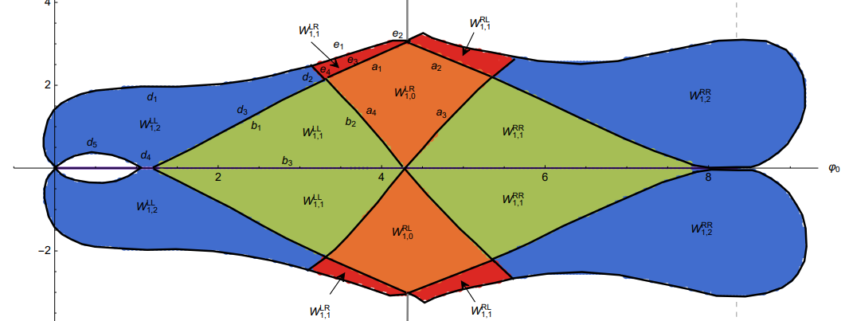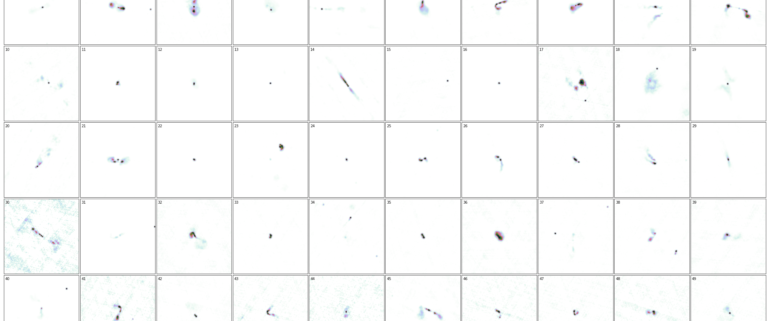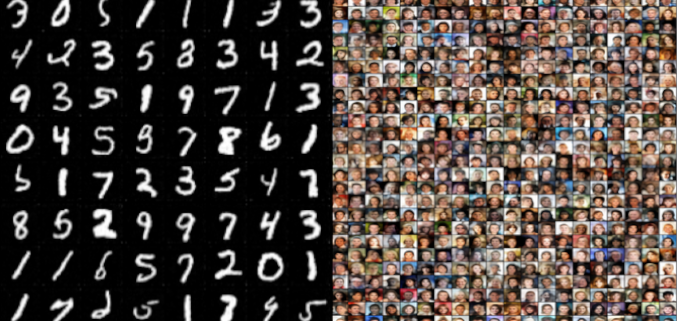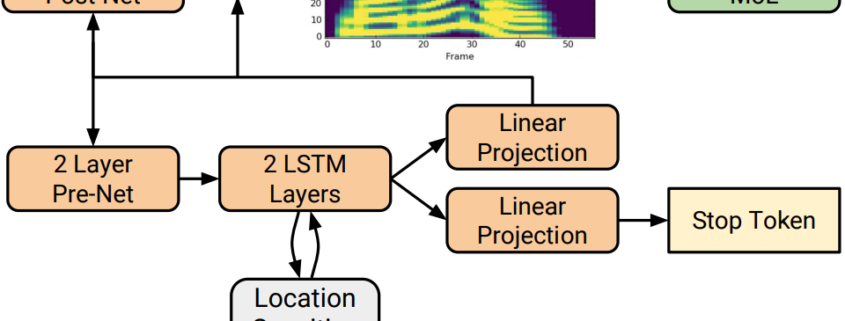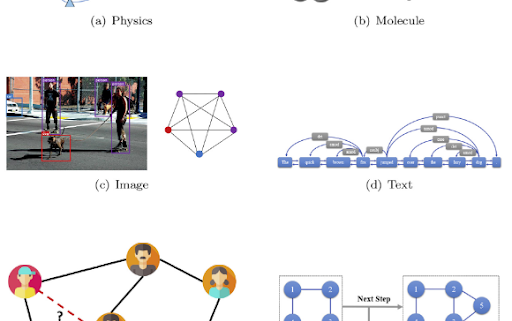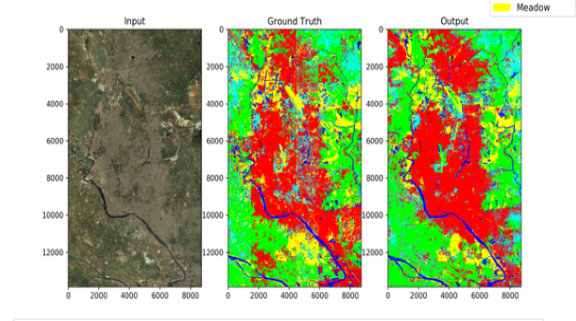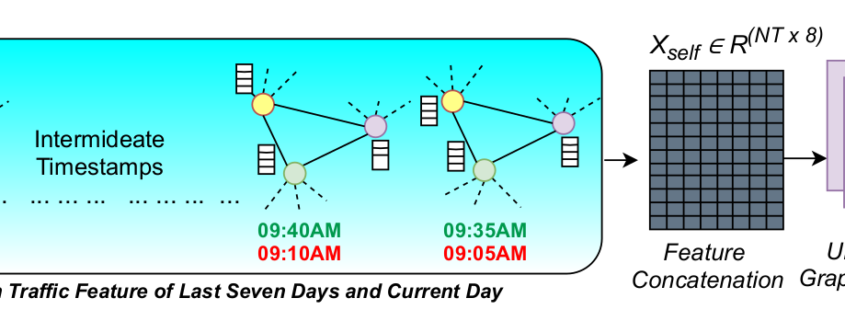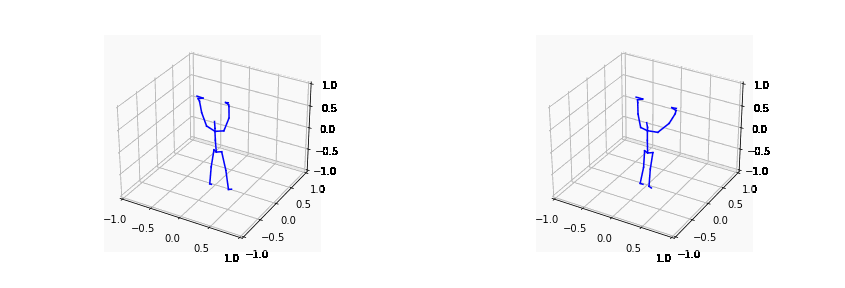New paper from Dr. Ghosh’s group
Title: Holographic QFTs on AdS_d, wormholes and holographic interfaces.
arXiv preprint: https://arxiv.org/abs/2209.12094
We consider three related topics: (a) Holographic quantum field theories on AdS spaces. (b) Holographic interfaces of flat space QFTs. (c) Wormholes connecting generically different QFTs. We investigate in a concrete example how the related classical solutions explore the space of QFTs and we construct the general solutions that interpolate between the same or different CFTs with arbitrary couplings. The solution space contains many exotic RG flow solutions that realize unusual asymptotics, as boundaries of different regions in the space of solutions. We find phenomena like “walking” flows and the generation of extra boundaries via “flow fragmentation”.

